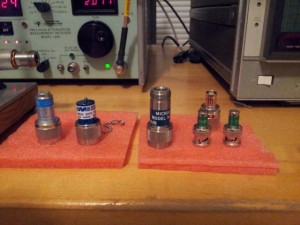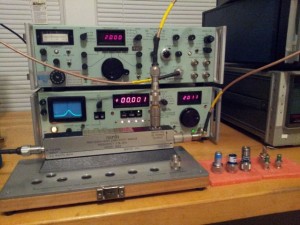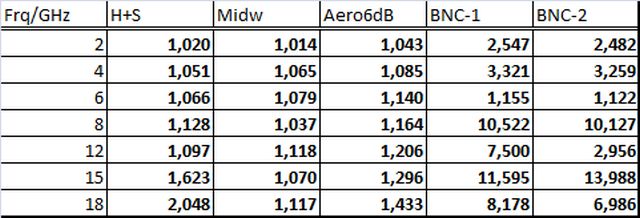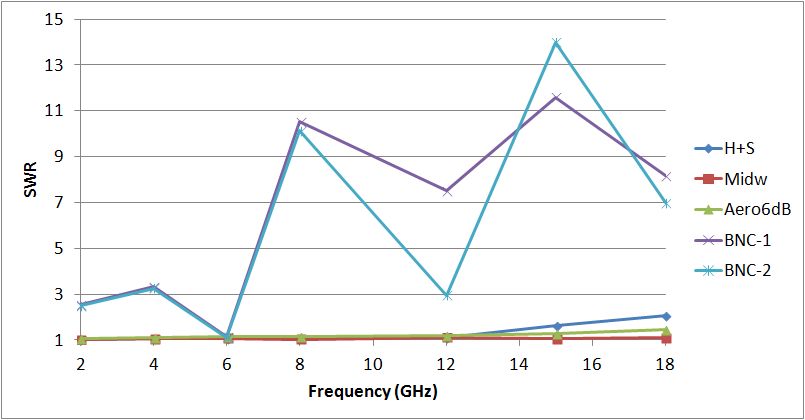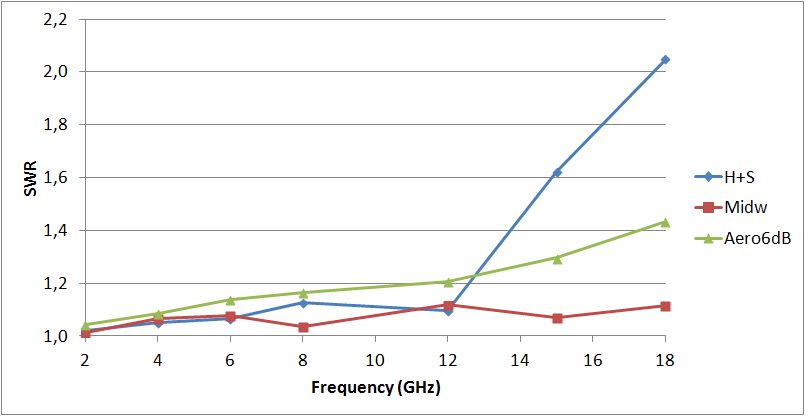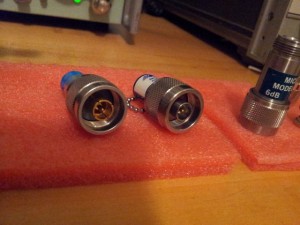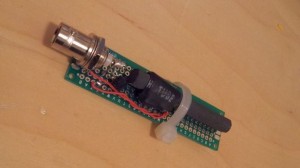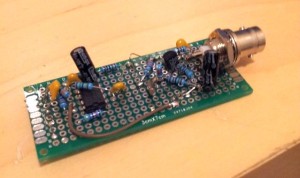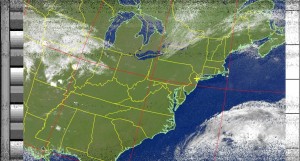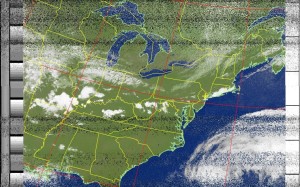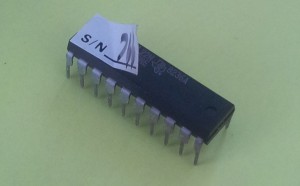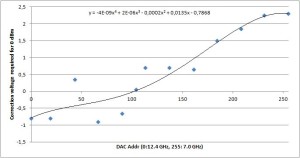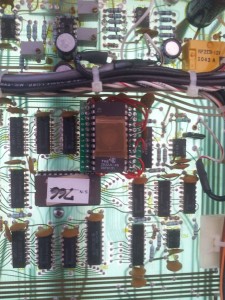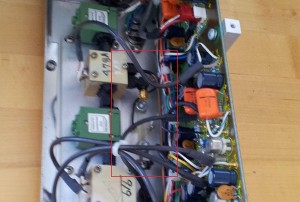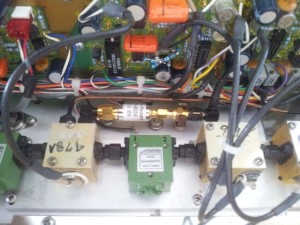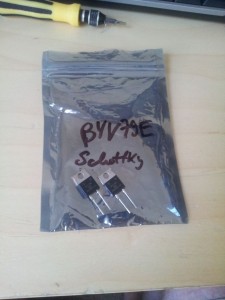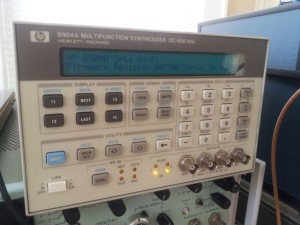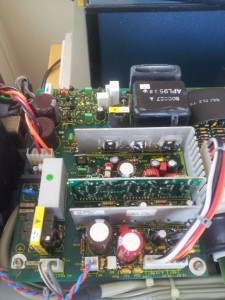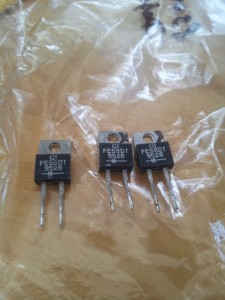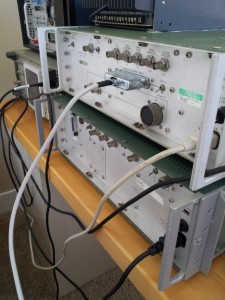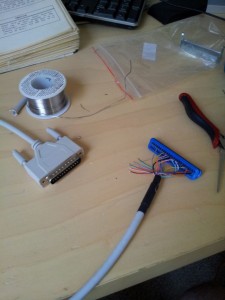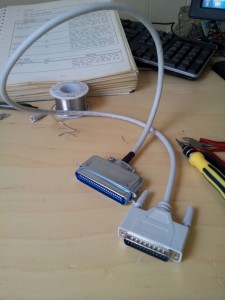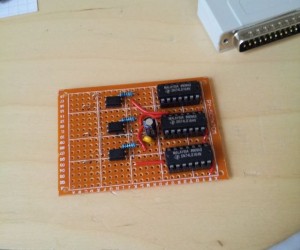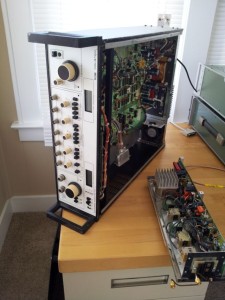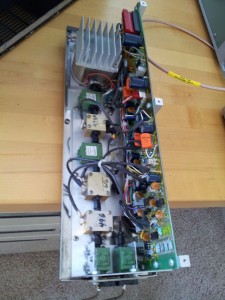There are some standard project around that more or less every electronics enthusiast will engage in, and one of these is a magentic levitation device. Don’t get me wrong, standard doesn’t mean boring. This class of project has certain characteristics that just make them very suitable for the hobbyist:
(1) They don’t need a lot of fancy equipment or parts to start with, can be build (mostly) from some electronics scrap.
(2) They offer a good combination of theory and practical circuit design. Beginners should be able to get it going, even if they don’t fully understand how it works.
(3) The effect should be striking, not just a blinking light, but something a bit more exciting. Noise, sparks, etc., or special visual effect – here, for the levitator, nothing less than the electronic compensation of the ubiquitous gravitational force.
Why revisited? Well, a long story – my first magnetic levitation device dates back to 1992, which was not much more than a few transistors, resistors, and capacitors (picture to come).
The basic circuit – which I modified a bit, using an infrared LED, a phototransistor, and some tuning of the capacitor/resistance values to make it work better with the given magnet:
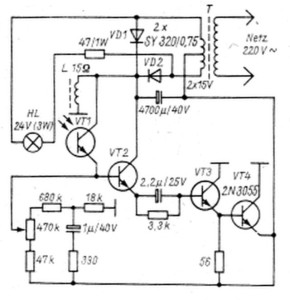
Source: Hobby-Schaltungen : für d. Anfang ganz einfache Elektronik-Schaltungen mit geringem Materialaufwand.
Schreiber, Herrmann
München : Franzis, 1984.
As basic as the circuit were its capabilities – it could hold only very light objects, say, a few grams. Nothing substantial.
It still was enough to attract some attention at a German young scientist competition, Jugend Forscht.
At the same time, I discovered an exhibit at the “Deutsches Museum” in Munich, which is unfortunately no longer at its place, and this was a much bigger machine, dating to the 1960s, with serious thyristors, and a huge coil, that could hold something like a 50 mm/2″ massive steel sphere at several cm distance.
This was something that was very intriguing, but at the time, I didn’t have the means to replicate such a device. I figured that is should be much easier now than in the 60s, with all kind of semiconductors around – but still there was a need for a massive electric magnet, and a few more parts than just the regular circuits that can be found around the web.

